
A hymnal or hymnary is a collection of hymns, usually in the form of a book, called a hymnbook. They are used in congregational singing. A hymnal may contain only hymn texts ; written melodies are extra, and more recently harmony parts have also been provided.

"Christ the Lord Is Risen Today" is a Christian hymn associated with Easter. Most of the stanzas were written by Charles Wesley, and the hymn appeared under the title "Hymn for Easter Day" in Hymns and Sacred Poems by Charles and John Wesley in 1739. The hymn eventually became well known for the "Alleluia" sung as a melisma after each line, which was added by an unknown author, probably to fit the commonly used hymn tune, "Easter Hymn". It remains a traditional processional hymn on Easter Sunday.
"How Can I Keep From Singing?" is an American folksong originating as a Christian hymn. The author of the lyrics was known only as 'Pauline T', and the original tune was composed by American Baptist minister Robert Lowry. The song is frequently, though erroneously, cited as a traditional Quaker or Shaker hymn. The original composition has now entered into the public domain, and appears in several hymnals and song collections, both in its original form and with a revised text that omits most of the explicitly Christian content and adds a verse about solidarity in the face of oppression. Though it was not originally a Quaker hymn, Quakers adopted it as their own in the twentieth century and use it widely today.
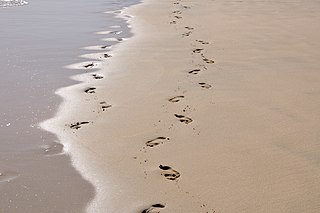
"Footprints," also known as "Footprints in the Sand," is a popular modern allegorical Christian poem. It describes a person who sees two pairs of footprints in the sand, one of which belonged to God and another to themselves. At some points the two pairs of footprints dwindle to one; it is explained that this is where God carried the protagonist.
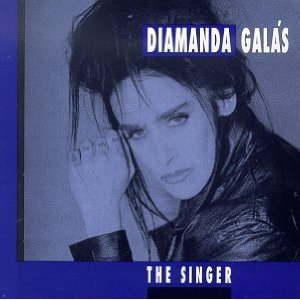
The Singer is an album by Diamanda Galás released in 1992, largely featuring her versions of classic blues and gospel songs. The cover art is notable for a glamor shot of the artist, which on closer inspection reveals the words "We are all HIV+" tattooed on her knuckles. The album is dedicated to people with AIDS, as is much of her work.
"Take My Hand, Precious Lord" is a gospel song. The lyrics were written by Thomas A. Dorsey, who also adapted the melody.

"O Sacred Head, Now Wounded" is a Christian Passion hymn based on a Latin text written during the Middle Ages. Paul Gerhardt wrote a German version which is known by its incipit, "O Haupt voll Blut und Wunden".
"How Great Thou Art" is a Christian hymn based on an original Swedish hymn entitled "O Store Gud" written in 1885 by Carl Boberg (1859–1940). The English version of the hymn and its title are a loose translation by the English missionary Stuart K. Hine from 1949. The hymn was popularised by George Beverly Shea and Cliff Barrows during Billy Graham's crusades. It was voted the British public's favourite hymn by BBC's Songs of Praise. "How Great Thou Art" was ranked second on a list of the favourite hymns of all time in a survey by Christianity Today magazine in 2001 and in a nationwide poll by Songs Of Praise in 2019.
Jaroslav Vajda was an American hymnist.
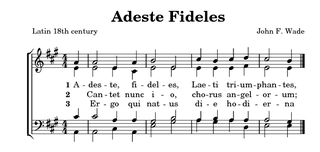
A hymn tune is the melody of a musical composition to which a hymn text is sung. Musically speaking, a hymn is generally understood to have four-part harmony, a fast harmonic rhythm, with or without refrain or chorus.

"My Song Is Love Unknown" is a hymn by Samuel Crossman, written in 1664. It is predominantly used as a hymn for Good Friday.
"Just a Closer Walk with Thee" is a traditional gospel song and jazz standard that has been performed and recorded by many artists. Performed as either an instrumental or vocal, "A Closer Walk" is perhaps the most frequently played number in the hymn and dirge section of traditional New Orleans jazz funerals. The title and lyrics of the song allude to the Biblical passage from 2 Corinthians 5:7 which states, "We walk by faith, not by sight" and James 4:8, "Come near to God and He will come near to you."
Russell Schulz-Widmar is a composer, author, and conductor, and a former Professor of Liturgical Music at the Seminary of the Southwest in Austin, Texas. For much of his career he lived in Austin, Texas and upon retirement he has divided his time between Berlin, Germany and Dallas, Texas. He is married to Hubertus Schulz-Wilke.
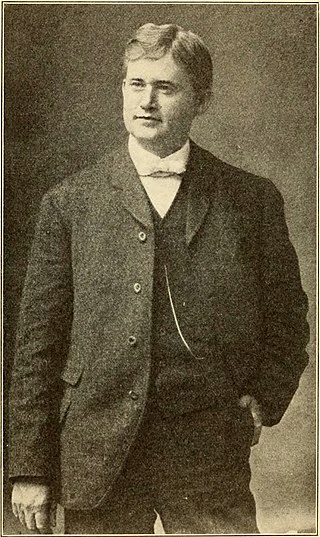
Charles Davis Tillman —also known as Charlie D. Tillman, Charles Tillman, Charlie Tillman, and C. D. Tillman—was a popularizer of the gospel song. He had a knack for adopting material from eclectic sources and flowing it into the mix now known as southern gospel, becoming one of the formative influences on that genre.
"I Shall Not Be Moved", also known as "We Shall Not Be Moved", is an African-American slave spiritual, hymn, and protest song dating to the early 19th century American south. It was likely originally sung at revivalist camp-meetings as a slave jubilee. The song describes being "like a tree planted by the waters" who "shall not be moved" because of faith in God. Secularly, as "We Shall Not Be Moved" it gained popularity as a protest and union song of the Civil Rights Movement.
"Oh, Freedom" is a post-Civil War African-American freedom song. It is often associated with the Civil Rights Movement, with Odetta, who recorded it as part of the "Spiritual Trilogy", on her Odetta Sings Ballads and Blues album, and with Joan Baez, who performed the song at the 1963 March on Washington. Baez has since performed the song live numerous times, both during her concerts and at other events. The song was first recorded in 1931 by the E. R. Nance Family as "Sweet Freedom". Writer and radio producer Richard Durham used it as an opening in his 1948–1950 radio anthology Destination Freedom.

"Follow On", also known in certain cases as "Down In The Valley With My Saviour I Would Go" and "I Will Follow Jesus", is a Christian hymn written in 1878 by William Orcutt Cushing. The music for it was composed in 1880 by both Robert Lowry and W. Howard Doane.
Come and Praise is a hymnal published by the BBC and widely used in collective worship in British schools. The hymnal was compiled by Geoffrey Marshall-Taylor with musical arrangements by Douglas Coombes, and includes well-known hymns such as “Oil in My Lamp”, “Kum Ba Yah” and “Water of Life” as well as Christmas carols and Easter hymns.
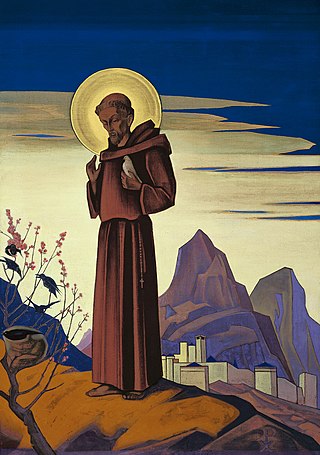
"All Creatures of Our God and King" is an English Christian hymn by William Henry Draper, based on a poem by St. Francis of Assisi. It was first published in a hymn book in 1919.










